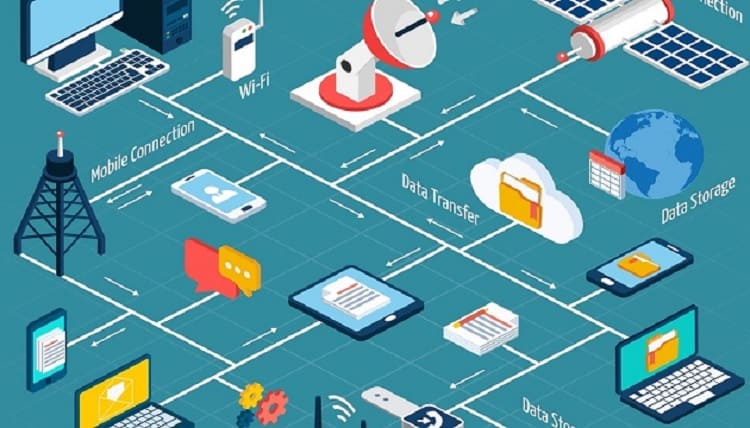Top Telecom Industry Trends in 2022 You Should Know About
The telecom industry must properly manage consumer complaints to reduce churn and optimize network load and infrastructure, among other pressing issues. In addition, telecommunications security must also be improved.
These issues are directly addressed by the leading trends in the Telecom Montreal sector, which also boosts telecom firms’ general productivity.
Network of Things
IoT devices and sensors influence nearly all sectors of the technology economy. It raises people’s standard of living, enables firms to make more money, and enhances management. Governments wishing to cut costs associated with information technology (IT) can also benefit from IoT. Connectivity between equipment, sensors, infrastructure, and computing components also opens up new management possibilities.
Technologies for Connectivity
Both wired and wireless communications are a part of connectivity technologies, which are constantly developing. Given the rising data quantities, Internet of Things devices, and internet usage in today’s IT environment, it is imperative that communications technologies advance.

Users also share more and more high-quality digital content, like music, photographs, and films. Additionally, the growing usage of satellite communications helps drive new connectivity technologies that support rising telecom trends.
Network & Technology for 5G
The next significant advancement in telecommunications networks and devices is 5G technology. Compared to earlier broadband network trends, it offers a significantly faster speed and, more importantly, a significantly shorter latency.
For both streaming VR content and cloud gaming, latency is crucial. High-density IoT networks, from IIoT to intelligent homes, can be built thanks to massive machine-type communications (mMTC) offered by 5G networks. One of the most significant impending technological trends for the telecommunications industry is 5G due to its broad range of applications.
Machine intelligence
Other significant telecom trends impacting the industry include machine learning and artificial intelligence. Data collected by IoT sensors and devices must be distilled into relevant information for digital transformation to take place.
New approaches to managing internet connections are required as a result of the expansion and complexity of the internet, which drives the demand for fast speeds and low latencies. To achieve this, startups create AI solutions that address various network performance issues.
High-Resolution Materials
Increased consumption of high-quality, frequently difficult-to-transfer content results from the widespread adoption of smartphones and dependable internet. As a result of the increase in high-resolution material, traditional information mediums like music, photos, and videos are getting better.
Innovative telecommunications aid organizations in adjusting to new information media, including cloud-based gaming and virtual, augmented, and mixed reality (VR/AR/MR). Startups are creating high-capacity communications networks due to these new sorts of content’s requirement for low latency and high-speed delivery.
Cybersecurity
Combating security concerns is difficult due to increased cyberattacks, low-security IoT devices, new CPU hardware vulnerabilities, and rising reliance on computing infrastructure. However, any industrial network has systems that are constantly managed to keep ahead of developing cyber threats.
However, these techniques frequently conflict with the reliability and availability criteria fundamental to the network. By enabling systems to remain dynamic in the face of attacks or vulnerabilities, startups innovate industrial networks.
Conclusion
The research on Telecom Industry Trends’ innovative areas barely touches the surface of what we discovered in our examination. For example, faster forms of communication, adaptable networks for high- and low-latency requirements, and the adoption of 5G networks and technology are all likely to significantly impact telecom firms.


